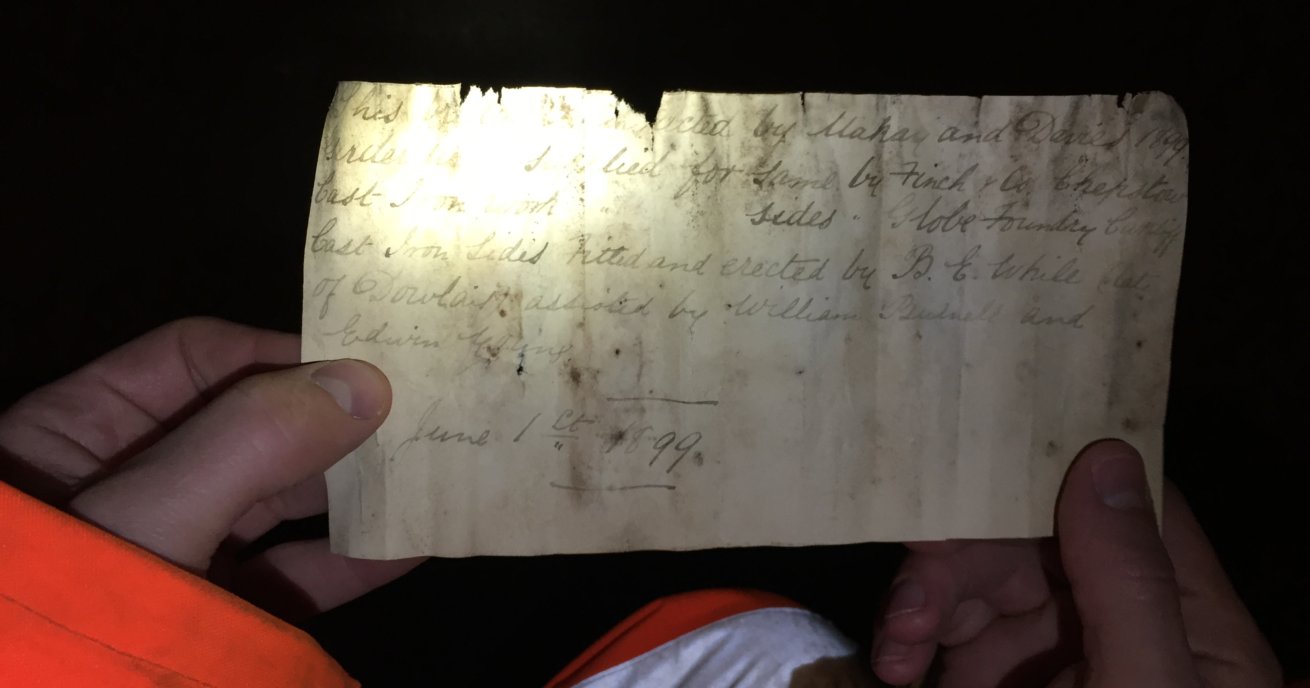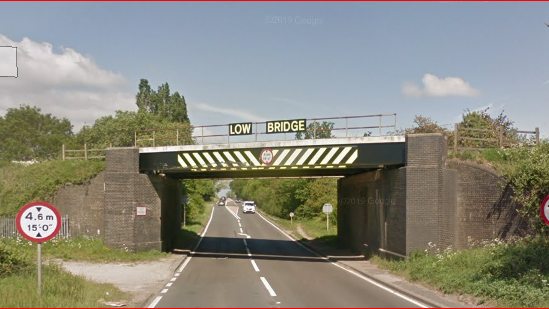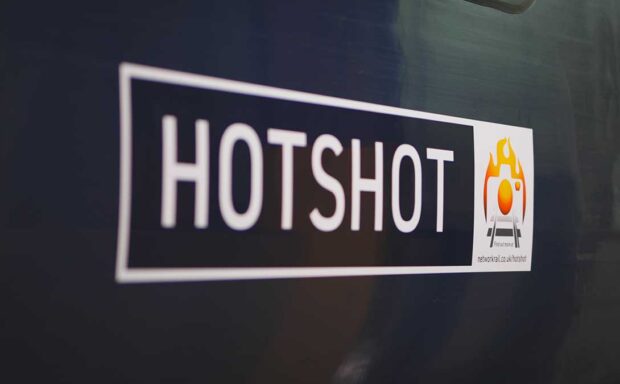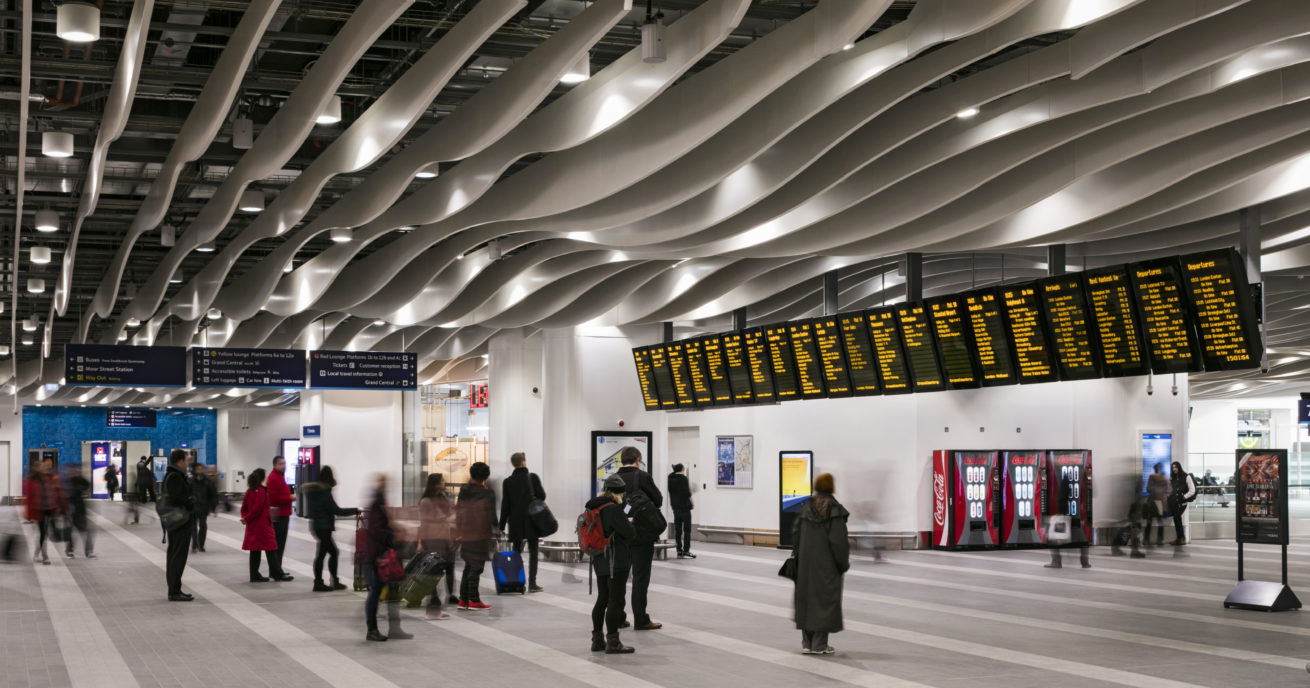In May, Network Rail undertook the challenging task of removing a historic bell from the top of Runcorn’s iconic Britannia Railway Bridge ahead of a full restoration.
The operation highlights Network Rail’s commitment to preserving our railway’s history. Here are some of the historic items we have encountered on the journey:
1. The Runcorn bell
Network Rail removed the navigation bell, which in fog warned vessels on the Manchester Ship Canal of the viaduct’s location, as part of the £6m restoration of the viaduct. Its height and location, 100 feet above the River Mersey, meant a helicopter was the only way to safely remove it.
The bell’s restoration marks the Britannia Railway Bridge’s 150th anniversary in October this year while repairs to the bridge form part of the Great North Rail Project. After its restoration, the bell will be on display in the nearby Brindley Theatre to celebrate its role in helping ships safely navigate the canal.
2. Grand plans
Network Rail’s archive in York has conserved some of the railway’s most historically significant plans. This year alone it has conserved more than 100 original drawings of Britain’s most famous structures.
They include more than 60 calculation and construction drawings for the Forth Bridge, more than 30 drawings of the rebuild of Waterloo station in the early 1900s and more than 20 drawings of London Bridge station from about 1853.
3. The Family Bible
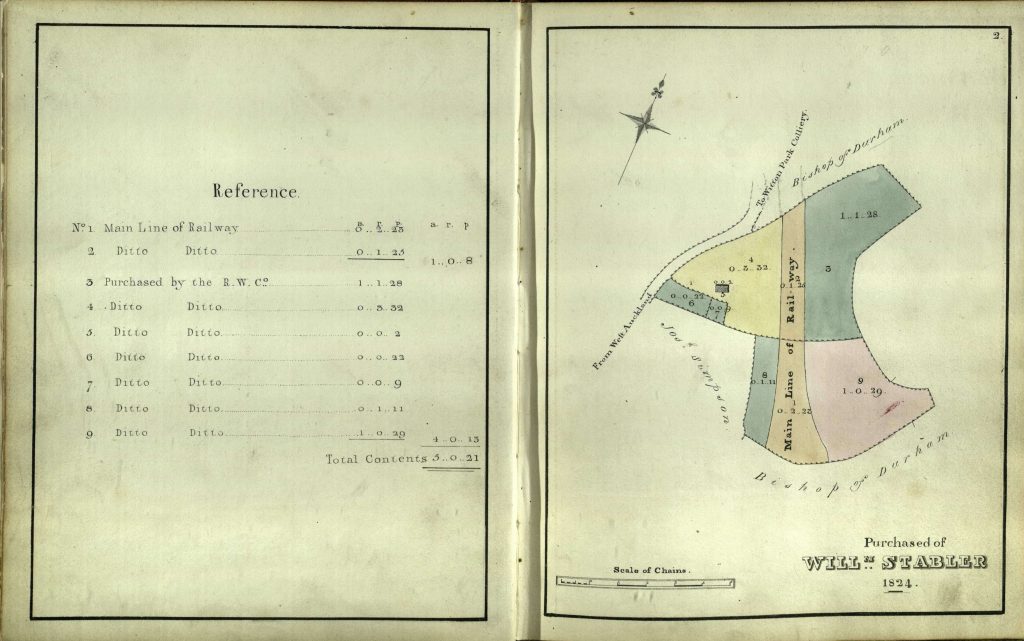
Last year we conserved and rebound this volume compiled in about 1856 by Joseph Sowerby, a surveyor for the Stockton and Darlington Railway. Sowerby beautifully recorded the land bought for the construction of the line. Restoration work included cleaning and repairing the pages, and preserving the decayed original leather binding.
4. Victorian note discovered in Cardiff bridge
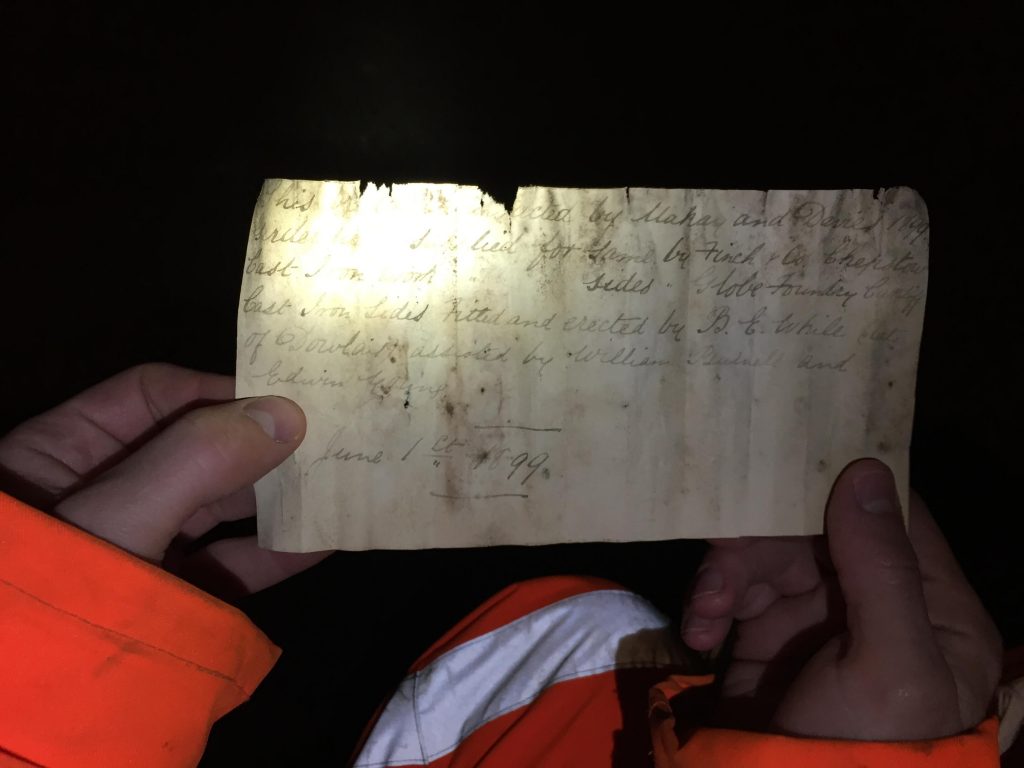
Network Rail contractors in Cardiff discovered a handwritten Victorian note while working on upgrades last year. The note, found in a pillar of Splott Road Bridge, is dated 1 June 1899 and has remarkably survived with visible handwriting despite having no protection.
It appears to read, ‘This bridge was constructed by Makay and Daniel 1899’, and references several past Cardiff suppliers. Girder work was said to have been supplied by Finch and Co, Chepstow, and cast iron work supplied by Globe Foundry Cardiff. Site operative Tudor Gavrilla made the discovery.
5. Historic components get new lease of life
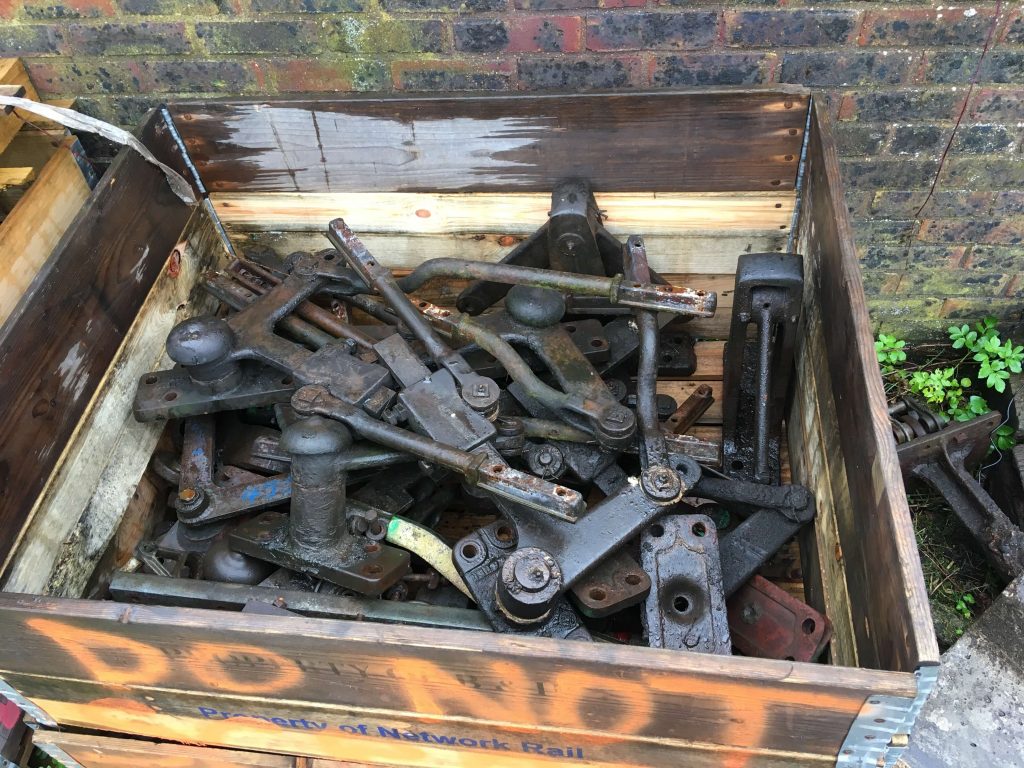
Sought-after rail components replaced as part of improvements in Great Yarmouth found a new home at a heritage railway operator near Norwich in June.
Network Rail donated fittings including cranks, roller stools and point rodding to Mid-Norfolk Railway, which runs trains along an 11-mile line to the market town of Wymondham, just outside Norwich. The historic parts arrived at Dereham, Norfolk, to allow the volunteer-run operator to continue its expansion plans.
